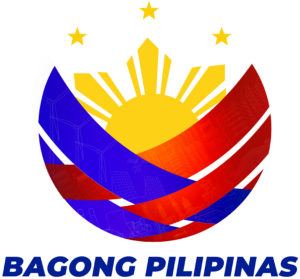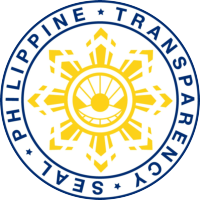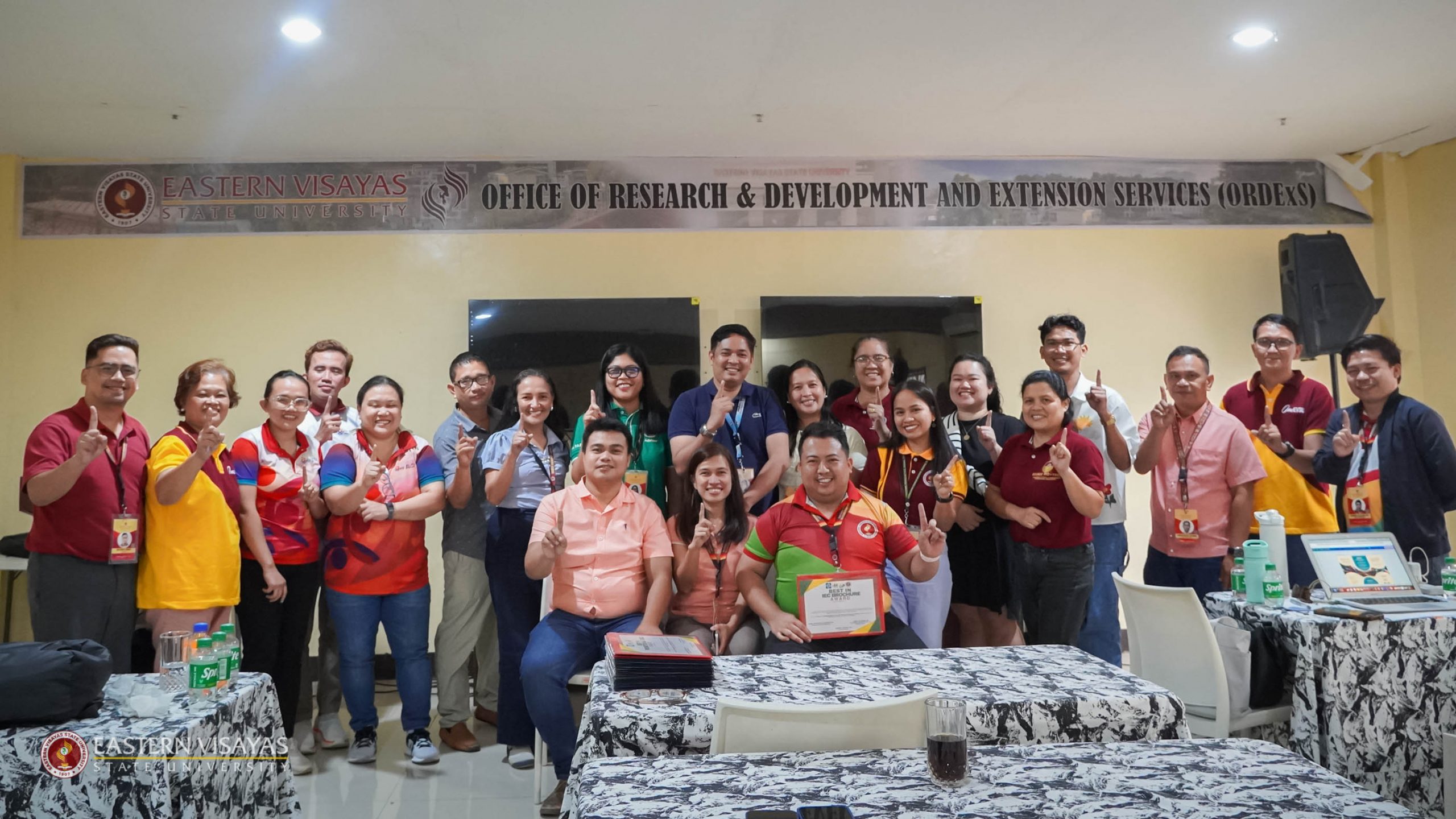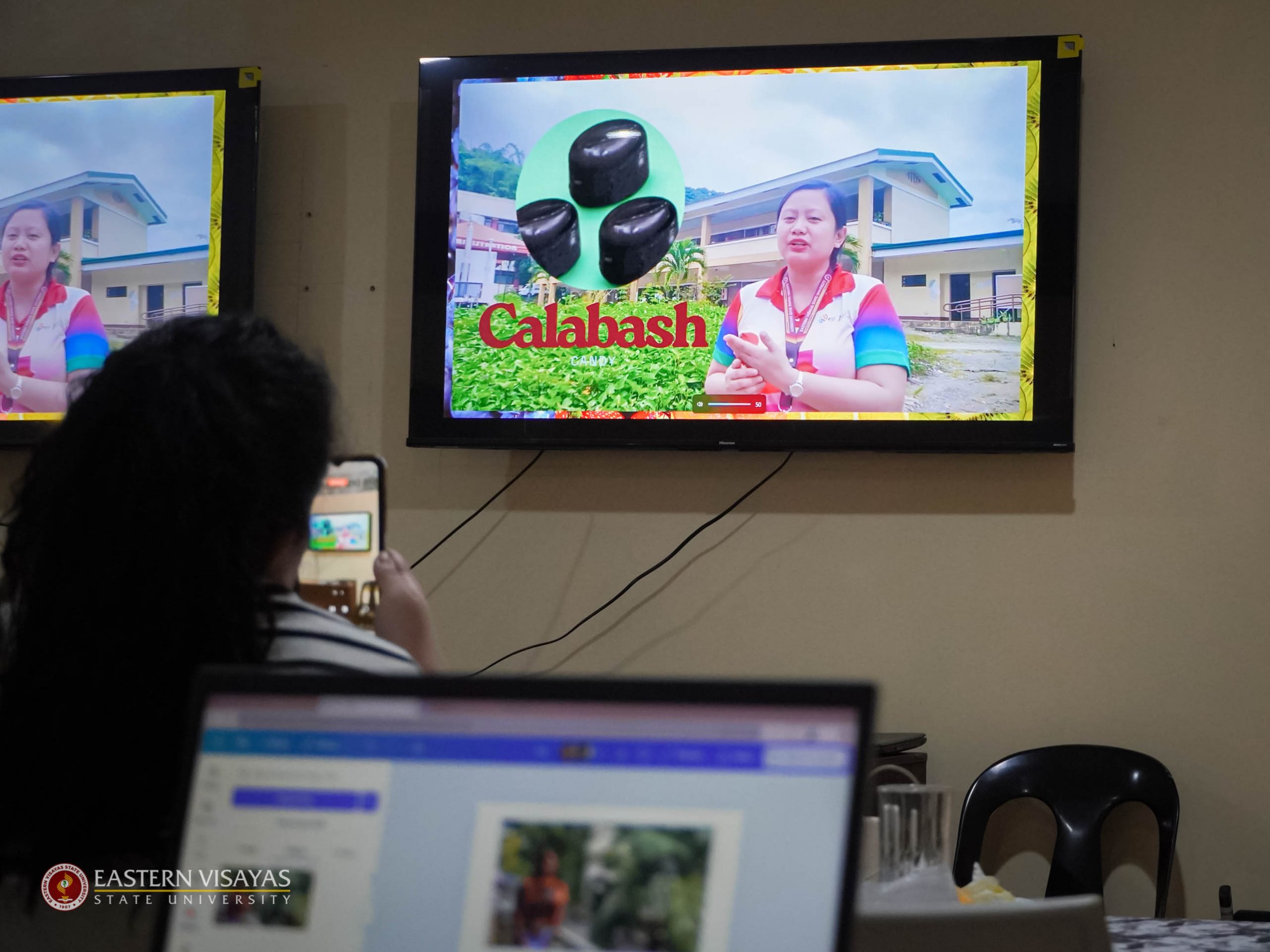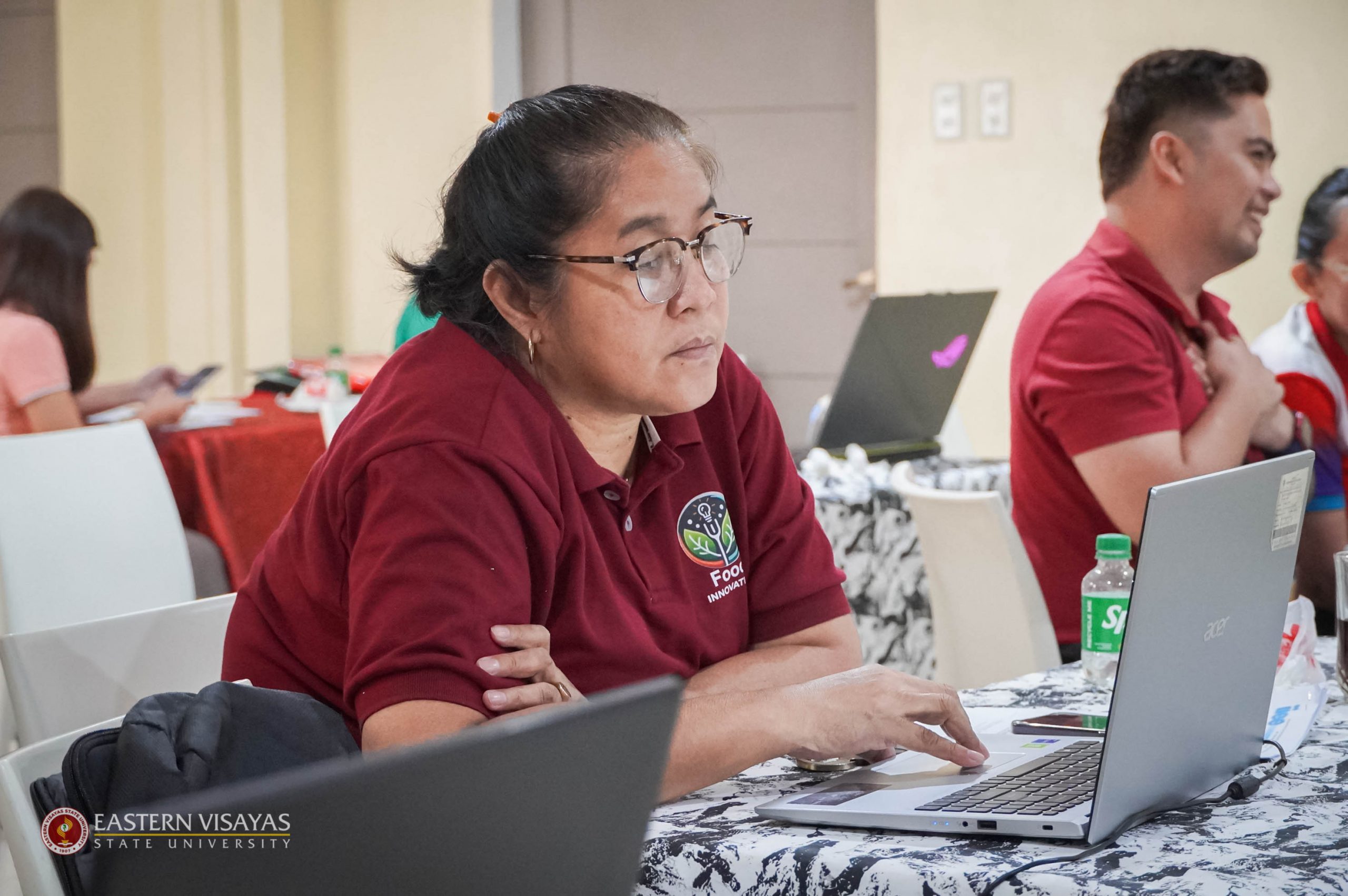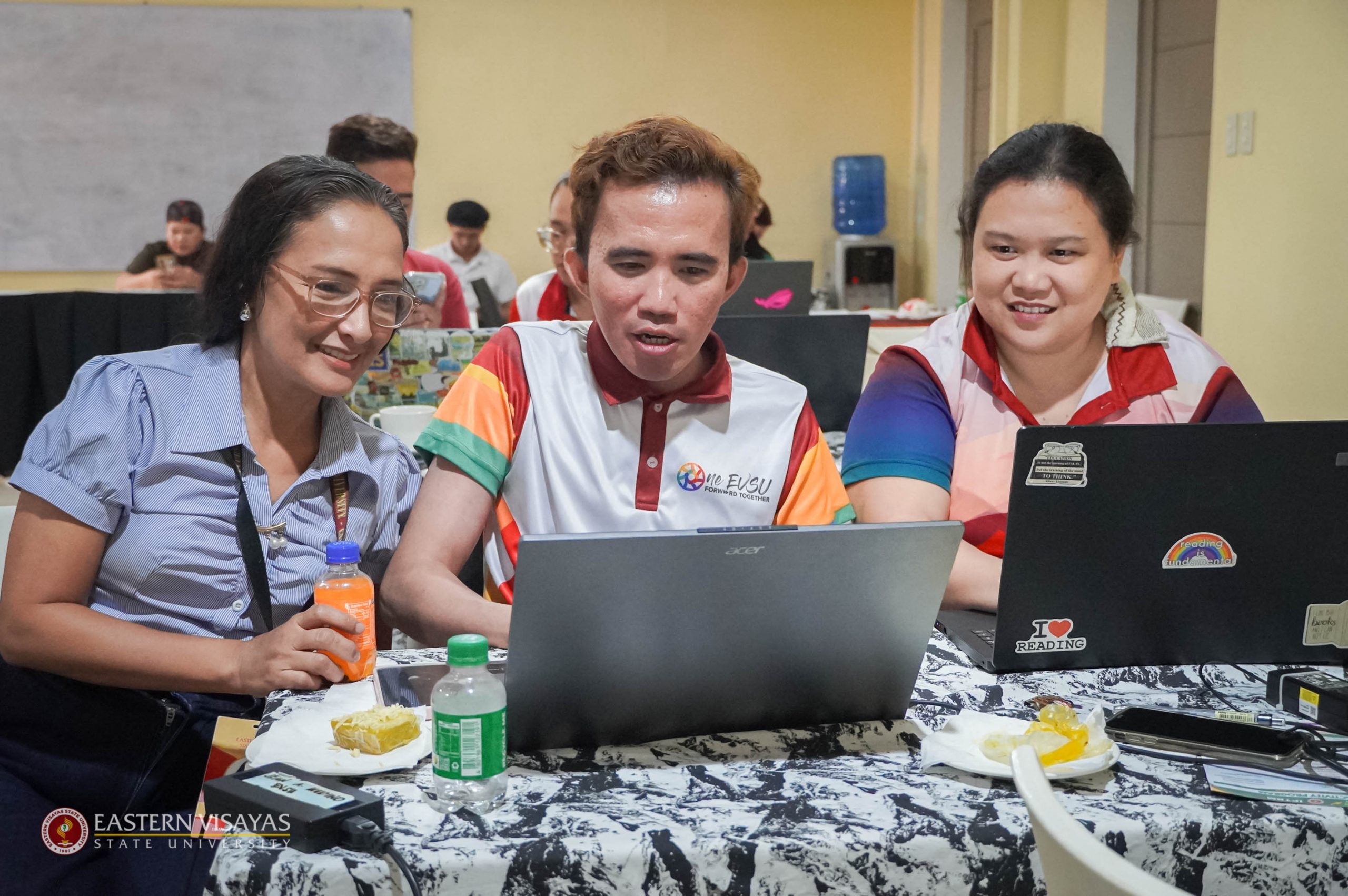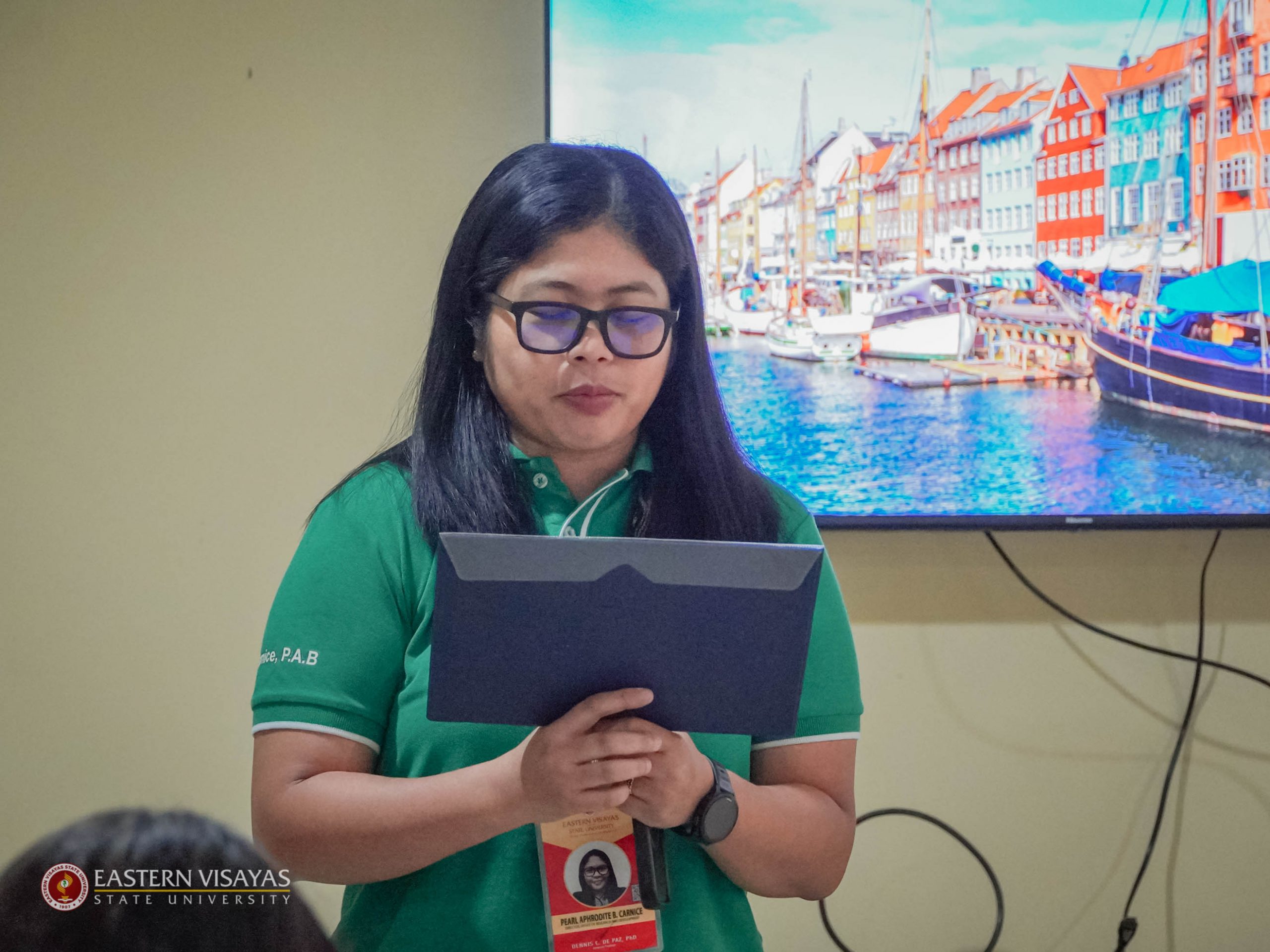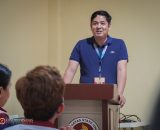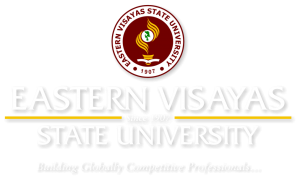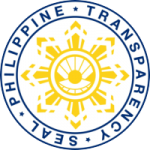The Intellectual Property and Technology Business Management (IPTBM) of Eastern Visayas State University held its two-day IEC Material Development Sprint for EVSU faculty-developed technologies, in relation to the ongoing implementation of Phase 2 of the DOST-PCAARRD Program titled ‘Strengthening the Regional Agri-Aqua Innovation System Enhancement (RAISE) Program in Eastern Visayas,’ at the ORDExS Training Room on September 18-19, 2025.
Enjoined by various participants across the EVSU system, the event aimed to value the technologies of esteemed faculty-inventors, promote their innovations, and commercialize their technologies, thereby transferring knowledge to help communities become sustainable. Moreover, the IEC Development Sprint is designed to help faculty inventors create effective information, education, and communication (IEC) materials for their technologies.
In her opening remarks, Dr. Pearl Aphrodite Carnice, the EVSU-IPTBM Phase II Project Leader, underscored that this second batch’s workshop aimed at intensifying the faculty’s capability to advance their technologies.
Delineating the vital components of printed materials and educational resources, Mr. Jacob Genobiagon discussed the rudiments of IEC and its importance for EVSU Technologies. He went on to discuss that audience and readers ought to be given much consideration in the design and development of IEC material. Meanwhile, Prof. Joseph Vincent S. Maneja delved into designing Infographics, Brochures, and Posters.
Prof. Kay Bathatala Santos, a Social Science faculty of the School of Arts and Sciences, shared his expertise as regards storytelling through visuals, production techniques for engaging IEC materials, and creating short and impactful videos. These topics can help the participants promote their technology through varied digital platforms, especially with the advent of social media and digital marketing.
The highlight of the workshop includes the presentation of their brochures and a short commercial video with regard to the product they aim to commercialize. Their artistry was unleashed and their creative minds led them to come with materials that are user-friendly and industry-ready.
Supportive about research and innovation endeavor of the university, Prof. Bernard Nino Mmebrebe, the Research and Development Director, emphasized the need for technological innovation. “You consider it as a bridge for research in the community, for innovation, to lifelong applications and you try to look into the impact that you have done for the past two days,” he stated.
As a trailblazer of technological advancement, EVSU perpetuates its culture to innovate, discover, and share technologies that will be valuable to the broader communities, creating an impact that will elevate the economic landscape of the country.
This article is aligned with the Sustainable Development Goal (SDG) 17: Partnerships for the Goals; SDG 09: Industry, Innovation, Technology, and Infrastructure
via J Genobiagon | UMDC


